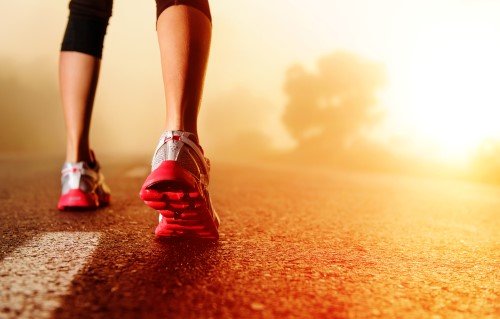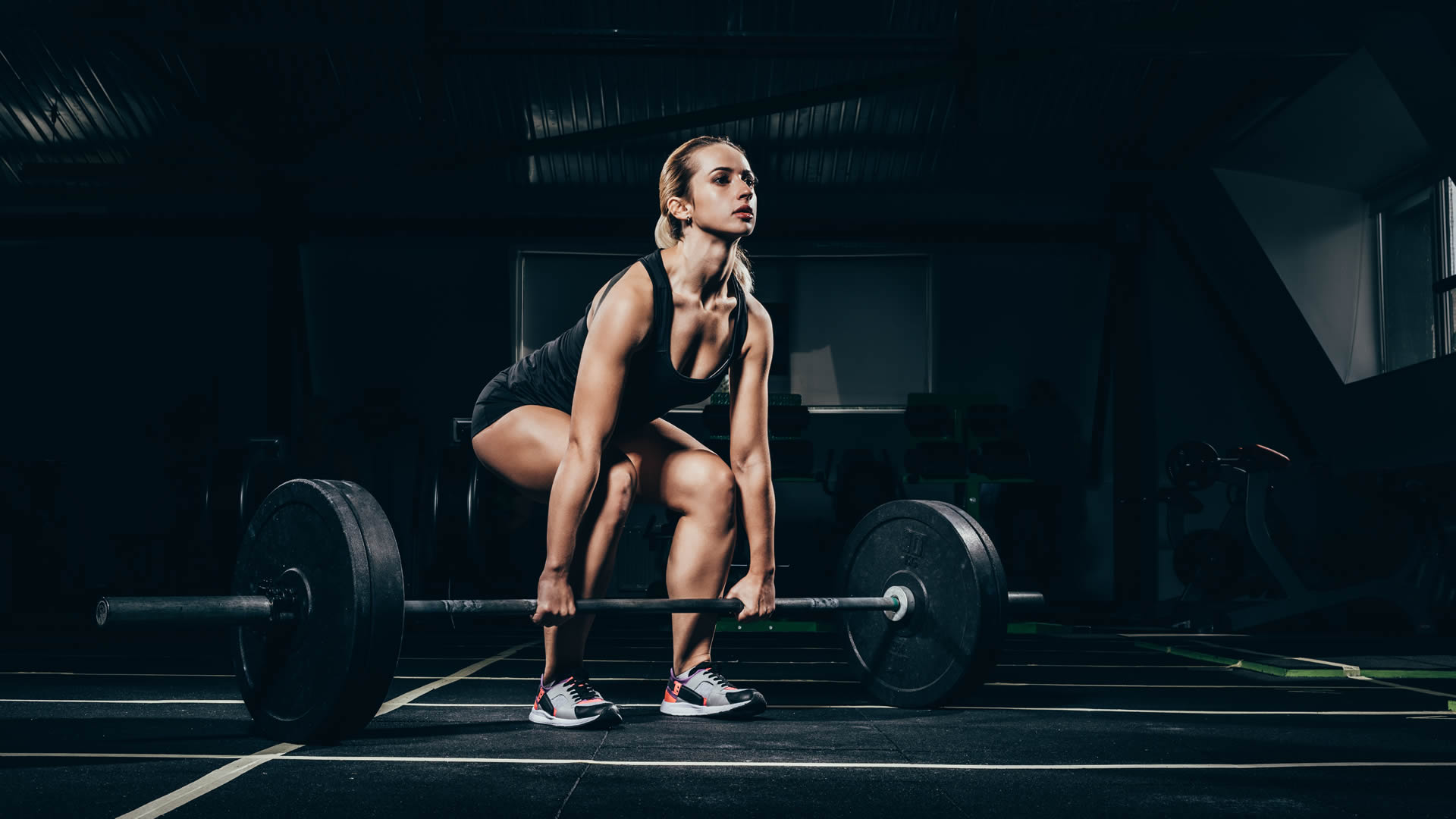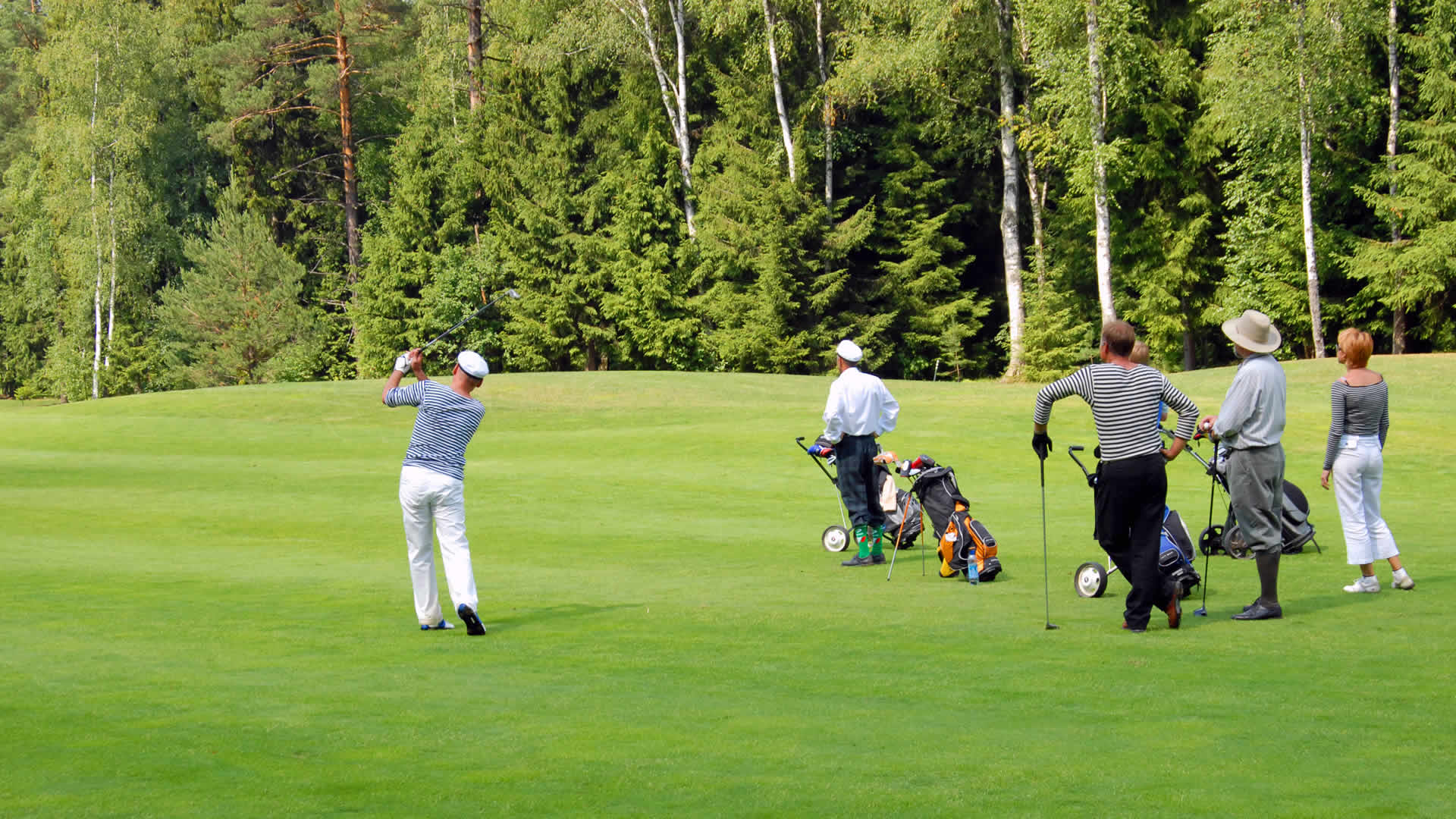What Is Rolfing
Rolfing is a type of manual therapy developed by Ida Rolf in the 1940s. It involves the application of deep pressure and manipulation of connective tissues, known as fascia, in order to balance the body and bring its segments into better alignment.
The goal of Rolfing is to correct imbalances in posture and movement that can lead to pain, limited mobility, and decreased energy. Rolfers believe that fascia becomes restricted over time due to injury, poor posture, inflammation, and stress factors. Rolfing aims to release fascia restrictions and realign the body's myofascial structure from head to toe.
A Rolfing program typically consists of 10 sessions, with each session focusing on a different part of the body. The Rolfing practitioner uses fingers, knuckles, and elbows to stretch fascia, release adhesions, and reposition the body's segments. Sessions can be uncomfortable during the deep tissue work, but should result in improved body alignment and freedom of movement.
The Rolfing technique can benefit people with chronic pain, athletic injuries, repetitive strain, and general health and well-being

What Are The Benefits Of Rolfing For Golfers?
- Improves spinal alignment and posture - Correcting postural imbalances and freeing up restrictions in the spine can help golfers achieve a neutral address position and consistent swing motion.
- Releases tight shoulders - Rolfing techniques can loosen tight shoulder muscles and fascia leading to increased shoulder turn and driver swing speed.
- Alleviates low back tightness - Rolfing can help release chronic tightness in the lumbar spine and sacrum to allow for more rotation in the backswing.
- Enhances body awareness - As Rolfing brings the body into better alignment, it enhances proprioception and body awareness critical for swing mechanics.
- Increases stability - Balancing the pelvis and opening the thoracic spine enhances core stability, resulting in more power and consistency.
- Heightens flexibility - Releasing fascial adhesions increases range of motion in key areas like the hips, thoracic spine, and shoulders.
- Improves weight shift - Freeing restrictions in the feet and legs can help facilitate better weight transfer during the swing.
- Reduces injury risk - Better alignment, flexibility, and biomechanics means less risk for common golf injuries like low back strains.
- Speeds recovery - Rolfing can aid recovery from golf-related injuries by releasing tensions in affected areas.
- Optimizes breathing mechanics - Enhanced rib cage mobility improves rotation and breathing capacity for endurance.
So in summary, Rolfing can benefit golfers in multiple ways from flexibility to stability to injury prevention and recovery. The integrated whole-body approach is well-suited to optimizing biomechanics for the golf swing.
How Rolfing May Potentially Help With Repetitive Strain From Desk Job
- Releasing tension in the neck and shoulders - Rolfing uses deep tissue manipulation to relieve muscle tightness and spasms. This can help reduce pain and discomfort in the neck, shoulders, and upper back from prolonged computer use and poor posture.
- Improving posture - Rolfing aims to bring the body into better alignment, which can improve seated posture at a desk. Proper posture reduces strain on the neck, shoulders, and back.
- Increasing range of motion - Fascia restrictions reduced by Rolfing can increase mobility in the arms and upper body. This makes it easier to change positions and avoid staying in one place too long.
- Reducing fatigue - Rolfing proponents believe releasing fascial adhesions can improve circulation and energy flow. This may help reduce fatigue from sitting statically for extended periods.
- Alleviating wrist and hand pain - Realigning the upper body and improving posture can reduce pressure and discomfort in the wrists and hands. Rolfing may also directly treat fascia in the forearms, wrists, and hands.
- Reorganizing neuromuscular patterns - Rolfing aims to create more efficient movement and use of muscles. This may help change poor desk habits that contribute to repetitive injuries.
Experts also recommend regular stretching, breaks, ergonomic equipment, and exercise to prevent and treat desk-job repetitive strain.
What Are the Benefits of Rolfing for Athletes
- Improve flexibility - Rolfing helps release fascia restrictions and realign the body's structure, allowing for greater range of motion and flexibility. This can help athletes like gymnasts or runners.
- Relieve muscle tension - The deep tissue manipulation in Rolfing can help relieve accumulated musculoskeletal tension and stress from intense training. This allows muscles to operate more efficiently.
- Enhance recovery - Rolfing is said to improve circulation and flush metabolic waste from tissues. This may help athletes recover faster between workouts or competitive events.
- Optimize movement patterns - By balancing the body's myofascial structure, Rolfing helps restore proper alignment and movement mechanics. This can improve sport performance and prevent injury.
- Address injuries - Rolfing can be used to treat some chronic sports injuries like tennis elbow, plantar fasciitis or rotator cuff issues that result from overuse imbalances.
- Improve posture - The reeducation of postural muscles can help athletes maintain better upright posture and form during activity. This enhances breathing and endurance.
- Reduce pain - Releasing fascial adhesion and realigning the body can alleviate pain associated with sports injuries or incorrect compensatory movements.
- Mental focus - Some athletes find Rolfing helps reduce stress and mental distraction, allowing for greater focus during competition.
What are some of the key benefits of the full Rolfing 10 series?
- Improved posture and alignment - The Rolfing 10 series progressively brings the body into vertical alignment, so you stand and move with less strain and tension.
- Increased flexibility - Rolfing releases fascial restrictions and realigns the body to allow for greater range of motion and flexibility.
- Relief from chronic pain - Rolfing can help relieve chronic musculoskeletal pain associated with poor posture, injury, etc.
- Enhanced movement efficiency - Balanced fascial tension and structure allows you to move through daily motions with less effort and discomfort.
- Improved energy - Proper alignment and freedom of movement leads to greater ease in the body and increased energy levels.
- Stress release - Rolfing enables both physical and emotional processing as chronic holdings are released.
- Balanced muscle tension - Rolfing helps relax overly tight muscles and strengthen weak/ underused muscles.
- Lasting postural improvements - The changes from Rolfing become integrated in the fascia, leading to long-term postural benefits.
- Body awareness - The Rolfing process enhances clients' awareness of their posture and movement patterns.
- Address root causes - Rather than just treating surface symptoms, Rolfing identifies and resolves underlying structural problems.
- Whole body integration - Rolfing systematically addresses the entire body over 10 sessions to achieve overall balance.
The Rolfing 10 series allows for complete structural integration through fascial manipulation applied methodically over time. This leads to impressive and lasting postural improvements
How Can Rolfing Help You
FOR ABOUT 50 YEARS, PEOPLE HAVE BEEN COMING TO ROLFING, IN SEARCH OF RELIEF FROM PHYSICAL STRAIN, BY REALIGNING THE BODILY STRUCTURE.
Rolfing can be extremely beneficial for correcting postural habits, as well as un-rehabilitated injuries that lead to pain. All athletes and fitness enthusiasts may find improved performance, from release of stored tension created through repetitive motion. This idea could stand for any active person, or any one who endures repetitive activity, i.e. key boarding or repetitive work related jobs. Structural strain often leads to acute and chronic pain such as: neck and shoulder tension, low back pain, headaches, and generally poor posture. Rolfing can help resource pain, through realignment and education.
REALIGN
As a Rolfer, I am interested in habitual postural patterns (good and bad), which could relate to as early as childhood. Did you walk on your toes as a child? Did your young self sacrifice body mechanics, in order to walk as soon as possible? The potential for developed patterns is endless, but those examples should spark imagination. In Rolfing®, these patterns are defined in both Structural and Functional Patterns.
ABOUT CARSEN
Move through the pain

My name is Bryan “Carsen” Hargis. I was called to Rolfing® Structural Integration, in 2014, through years of repetitive injuries from athletics. I have always been considered an athlete, as I played many sports growing up. These included gymnastics, soccer, golf, football, basketball, tennis, and water sports, but mostly focused on baseball, as I played into the collegiate level. Upon graduating from Texas A&M with a Bachelor of Arts in Communication, I began to notice the severity of my own postural imbalances, developing chronic neck and back issues, along with chronic pain. Mentally and physically frustrated, not finding the desired ease and support, and after trying many modalities that helped aid my journey to a healthy structure, I finally found Rolfing, which showed immediate results regarding functionality. At the time, I had gone back to school for athletic training (physical therapy), but promptly changed gears in pursuit of Rolfing Structural Integration. This experience can be described as a vocational feeling. I have a deep desire, and burning passion to help others find ease and comfort, in their body, as I know all too well how unbearable it can become. We all deserve to feel great, within our own personal embodiment! In my spare time, I enjoy being on the golf course, biking, the lake, or exploring different types of movement exercises out doors.
Our Hours
CONVENIENT MOBILE SERVICES
Monday - Friday: 8:00 AM - 8:00 PM
Saturday: 8:00 AM - 2:00 PM
Testimonials
-
Travis W
I have received 5+ sessions from Carsen, and after each one my body and movement feels remarkably better. Carsen is very smooth in his work, and makes it his priority to get a feel with where you are needing work done to make the most out of each session. I was unfamiliar to Rolfing and what it was, but Carsen did a great job of explaining the techniques and foundations of it in a way I could easily understand.
-
Joel C
Rolfing helped me move through some chronic shoulder pain that caused me to struggle to find relief for over 2 years. Carsen has a gentle approach and is very skillful in his touch. His treatments are very insightful, addressing the patterns contributing to pain. 5 stars!





